Gigantic shock waves observable in the Universe | ||||
Shock wave Kappa Cassiopeia |  Automatic translation Automatic translation | Updated February 22, 2014 | ||
This shock wave (red bow on the image opposite) is in our Galaxy, the Milky Way. The shock wave caused by the displacement of a star can compress the gas into the space. When observing in the infrared, the environment of the star Kappa Cassiopeia that file at an impressive rate, we see this pressure in front of the star. Meet very high speed powered by the movement of the stars and gas into the galaxy gas creates the arc photographed by the Spitzer Space Telescope. Kappa Cassiopeia (κ Cas, κ Cassiopeia) or HD 2905 for astronomers , is a hot blue supergiant massive and that moves about 4 million km/h compared to its neighbors, or 1110 km/s. This bow shock around a star unveils high relative velocity. The passage of the star colors surrounding matter with a red glow. These structures are sometimes present in front of the fastest and most massive stars in the Milky Way. | These shocks form where the magnetic field and wind particles collide with gas and fugitive dust that fills interstellar space. The moving speed of our Sun is 217 m/s but the shock wave is substantially invisible to all light wave lengths. For cons, the rapid movement of Kappa Cassiopeia creates shocks that can be seen by Spitzer's infrared detectors. This shock wave that precedes the star has a radius of 4 light-years (1 al = 9 460 895 288 762 850 meters). Image: Image of Shockwave Kappa Cassiopeia. The red arc of this infrared image taken by the Spitzer Space Telescope NASA is a giant shock wave created by the difference in speed of movement of the Kappa Cassiopeia star (the star at the center of the arc) relative to its neighbors. | 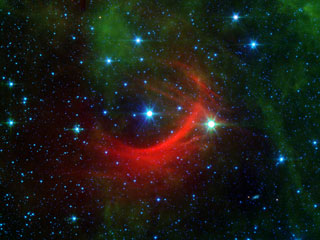 | ||
Shock wave of the Tarantula | ||||
About 2400 massive stars are hidden in the center of the Tarantula Nebula (30 Doradus). These stars produce radiation so intense that the powerful winds blowing off the field. The gas of the nebula is heated to millions of degrees by stellar shock wave radiation. These shock waves are shown in blue on the X-ray image taken by the telescope Chandra X-ray Observatory. These shock waves are generated by winds and ultraviolet radiation from the young stars in the cluster. These explosions carve in the dust, huge blue bubbles of superheated gas from the cold material of the nebula. This cold material of orange color, is seen here in infrared emission with the Spitzer Space Telescope. | RMC 136, is the supercluster stars, located near the center of the Tarantula Nebula. It is known as 30 Doradus. The Tarantula Nebula is outside of our galaxy, in the Large Magellanic Cloud, 170 000 light-years from the solar system. At the heart of this star-forming region, 30 Doradus lies a huge cluster containing the largest stars, the most massive and hottest known to date. Image: Image of the Tarantula nebula seen in X-ray telescope Chandra X-ray and infrared by the Spitzer Space Telescope. Image Credit: NASA | 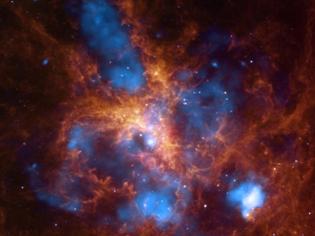 | ||
Shock wave of the Cartweel galaxy | ||||
The Cartwheel Galaxy (also known as the ESO 350-40) is a lenticular galaxy or annular located about 500 million light years away in the constellation Sculptor in the southern hemisphere. The cartwheel shape of this galaxy is the result of a violent galactic collision that occurred there are about 200 million years. | This galaxy was a galaxy similar to the Milky Way, before it undergoes the collision. This is a celestial object of the most remarkable class of ring galaxies. Star formation in the rings, like the Cartwheel Galaxy, promotes the formation of stars of large size and very bright. When these massive stars explode as a supernova, it remains in their hearts, a neutron star or black hole. Some of these neutron stars and black holes attract matter from nearby stars and become powerful sources of X-rays Cartwheel contains an unusually high number of these black holes X-ray sources, because many massive stars have formed in the ring of the galaxy. | 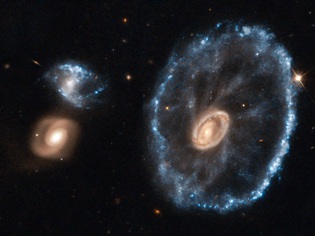 Image: The image retired of this cosmic event, shows the Cartwheel galaxy also known as the ESO 350-40. Image Hubble telescope NASA / ESA Space. | ||
Shock wave of the Bullet cluster | ||||
Clusters of galaxies are not formed, than to galaxies, they bathe in cold low density gas (1000 particles/m3) and in the extremely hot gas (10 to 100 million degrees). At these temperatures, the gas is fully ionized, it is a visible plasma in the field of x-rays. The gas is distributed in a way, much more diffuse, it fills the space between the galaxies and extends well beyond. The mass of gas belonging to the galaxy is much larger than the mass of the galaxy itself. If we measure the gravitational dynamics of the universe at large scale, the mass of ordinary matter in the observable universe is only 4% of the total mass. 23% of the mass is dark matter and 73% of dark energy. This is described in a predominantly accepted model, the SCDM model (Standard Cold Dark Matter). What we see when we look at the light of stars, galaxies and clusters is ordinary matter. | This is what we see on the composite image below cons. This gigantic collision between two clusters generated considerable energy, perhaps the most powerful of the universe since Big Bang. It is in the domain of X-rays, the observation of the collision sheds new light on dark matter, because the stars, gas and dark matter behave differently during the collision. | 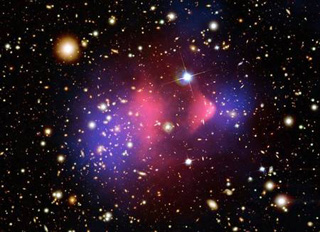 Image: What do we see in this false-color composite image? | ||
"The data available on this site may be used provided that the source is duly acknowledged."



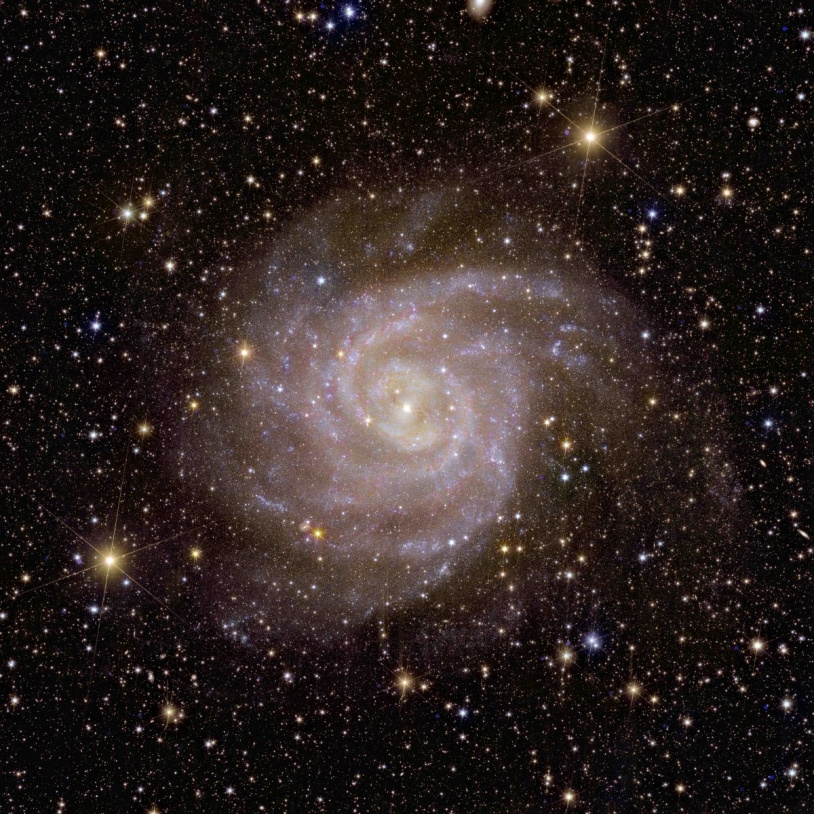 The hidden galaxy, one of Euclid's first images
The hidden galaxy, one of Euclid's first images
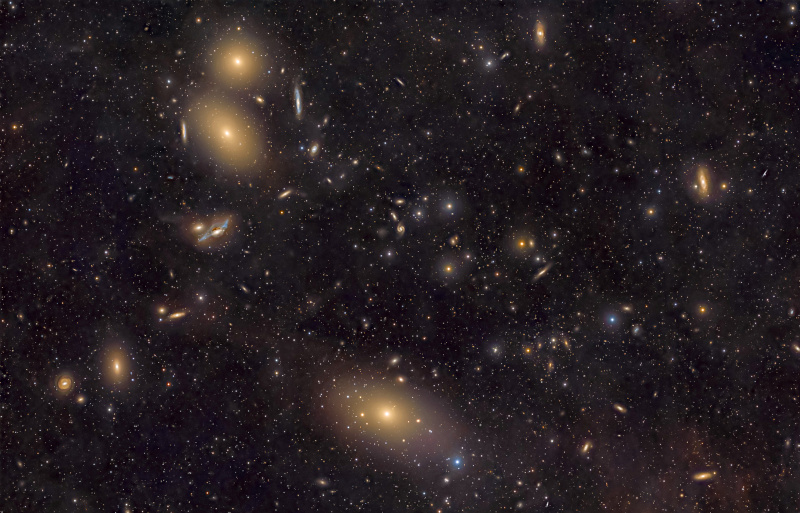 The Virgo Cluster spans approximately three Full Moons
The Virgo Cluster spans approximately three Full Moons
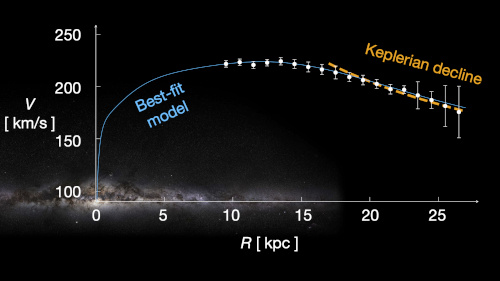 Where did the dark matter in our Galaxy go?
Where did the dark matter in our Galaxy go?
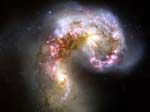 Merging galaxies and black holes
Merging galaxies and black holes
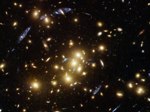 Mirages created by gravitational lenses
Mirages created by gravitational lenses
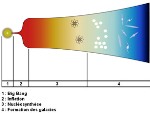 Mystery of the Big Bang, the problem of the horizon
Mystery of the Big Bang, the problem of the horizon
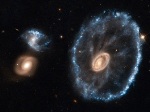 Cartwheel Galaxy Cosmic Event
Cartwheel Galaxy Cosmic Event
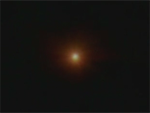 The first second of our history
The first second of our history
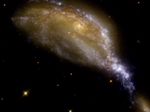 A small galaxy tears apart the large NGC 6745
A small galaxy tears apart the large NGC 6745
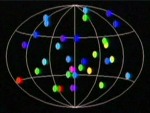 The mystery of gamma bursts
The mystery of gamma bursts
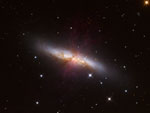 The Cigar Explosion
The Cigar Explosion
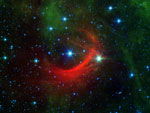 Shockwaves
Shockwaves
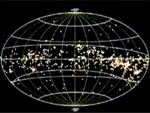 Gould's belt, a stellar fireworks display
Gould's belt, a stellar fireworks display
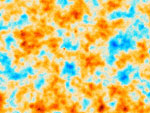 Recombination in cosmology
Recombination in cosmology
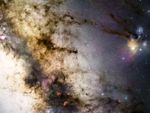 Journey to the center of our galaxy
Journey to the center of our galaxy
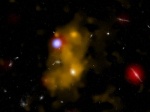 Lyman-alpha bubbles
Lyman-alpha bubbles
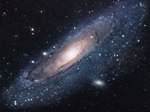 Andromeda in the ultraviolet
Andromeda in the ultraviolet
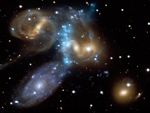 The most beautiful galaxy clusters
The most beautiful galaxy clusters
 Tinkerbell merger of three galaxies
Tinkerbell merger of three galaxies
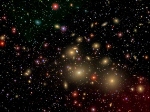 A gigantic black hole
A gigantic black hole
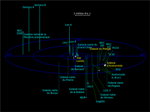 Enigma of coplanar galaxies
Enigma of coplanar galaxies
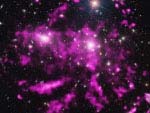 The cluster of galaxies Coma in its soup
The cluster of galaxies Coma in its soup
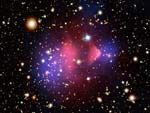 The cannonball, proof of dark matter
The cannonball, proof of dark matter
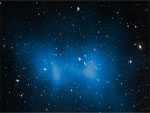 El Gordo galaxy cluster
El Gordo galaxy cluster
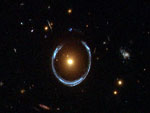 Einstein ring and cross
Einstein ring and cross
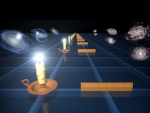 How to measure distances in the Universe?
How to measure distances in the Universe?
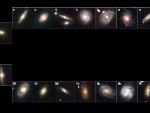 The Hubble sequence and types of galaxies
The Hubble sequence and types of galaxies
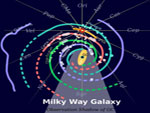 The spiral shape of the galactic arms
The spiral shape of the galactic arms
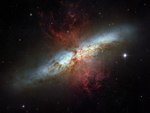 Even more stars, the Cigar galaxy
Even more stars, the Cigar galaxy
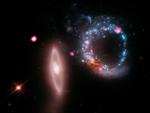 The Universe of X-rays
The Universe of X-rays
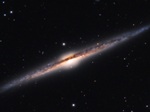 The most beautiful galaxies
The most beautiful galaxies
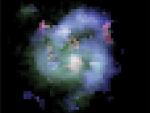 The oldest galaxies in the universe
The oldest galaxies in the universe
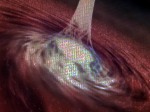 Quasars the nuclei of galaxies
Quasars the nuclei of galaxies
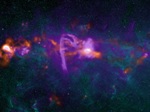 Sagittarius A black hole at the center of our Galaxy
Sagittarius A black hole at the center of our Galaxy
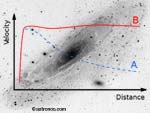 The MOND theory and its contradiction
The MOND theory and its contradiction
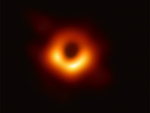 The first image of a black hole
The first image of a black hole
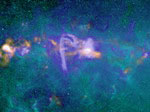 Central area of the Milky Way
Central area of the Milky Way
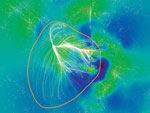 Laniakea, our supercluster of galaxies
Laniakea, our supercluster of galaxies